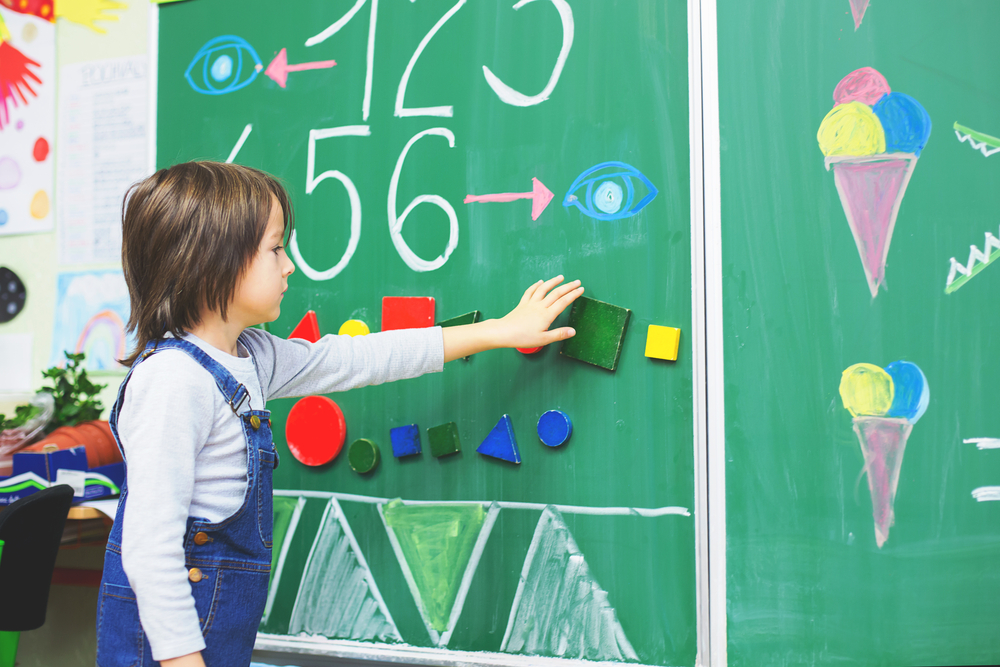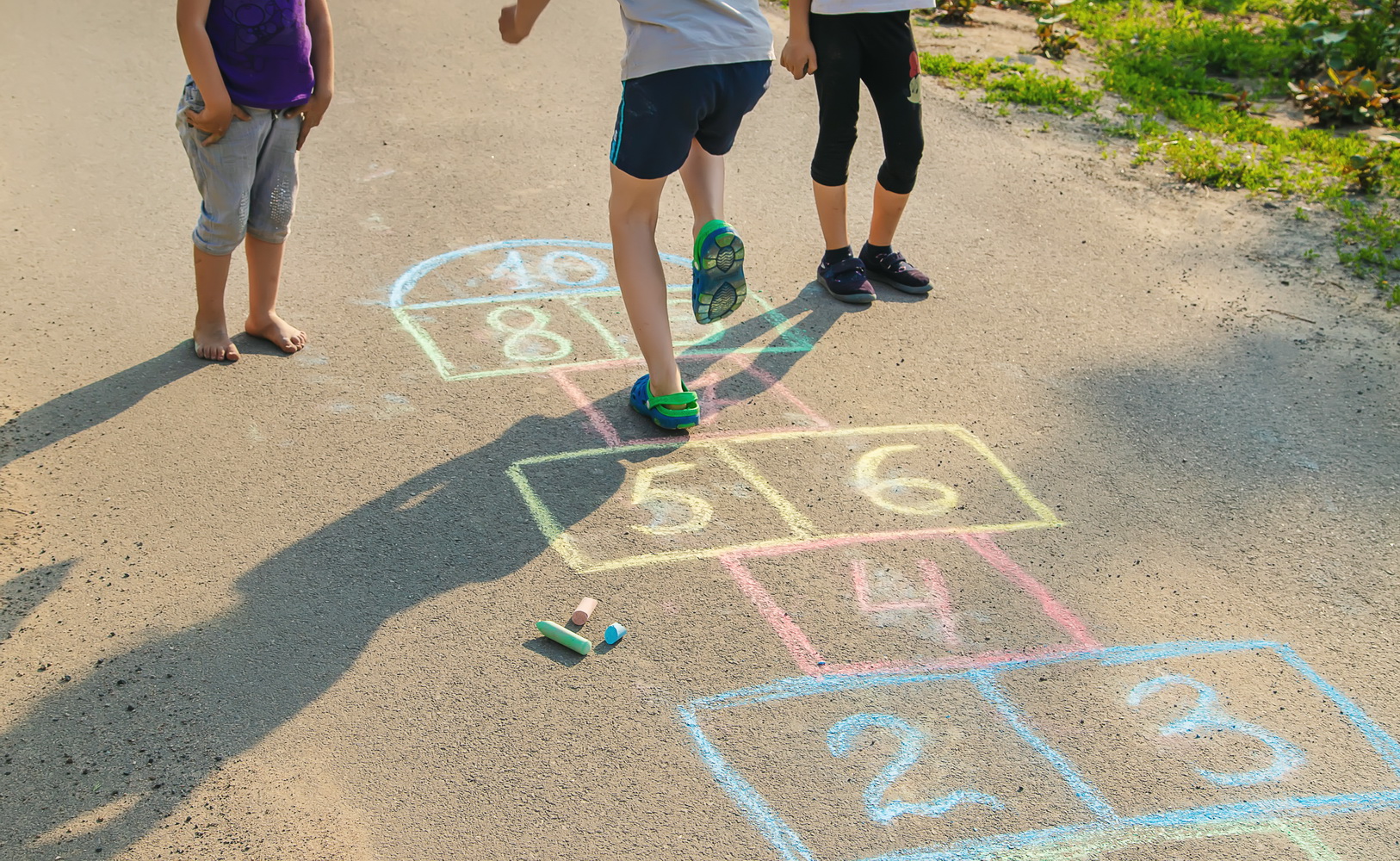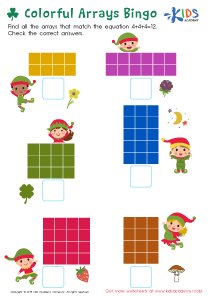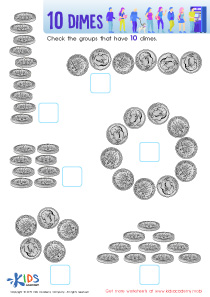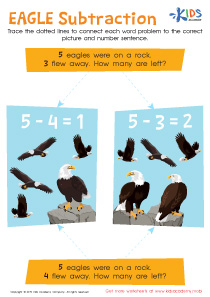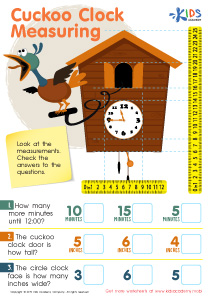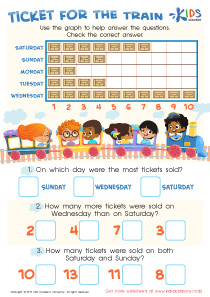Shape Recognition Easy Grade 2 Geometry Worksheets
7 filtered results
-
From - To
Our "Shape Recognition Easy Grade 2 Geometry Worksheets" offer a fantastic way for second graders to master their geometry skills effortlessly. These engaging and fun worksheets focus on identifying and differentiating between various shapes, enhancing both visual and cognitive development. Perfectly tailored for young learners, these activities support essential learning standards while making math exciting. Ideal for classroom or at-home practice, our worksheets are designed to boost your child's confidence and interest in math. With vivid illustrations and interactive tasks, foster a love for geometry and pave the way for future math success, only at Kids Academy.
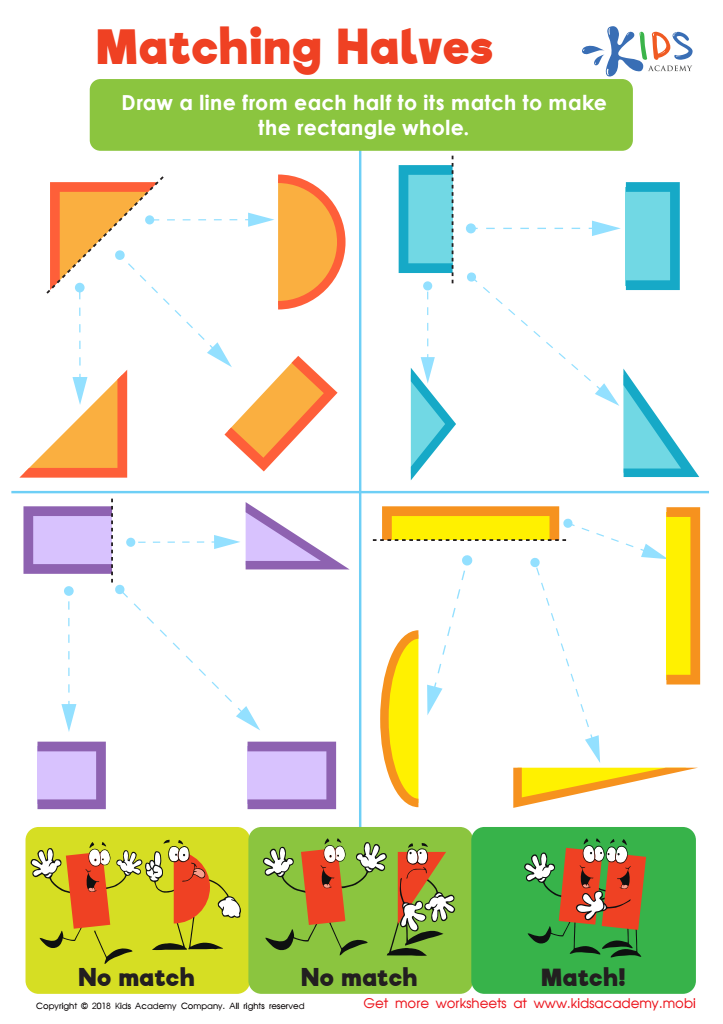

Matching Halves Worksheet


Faces of 3D Shapes Worksheet
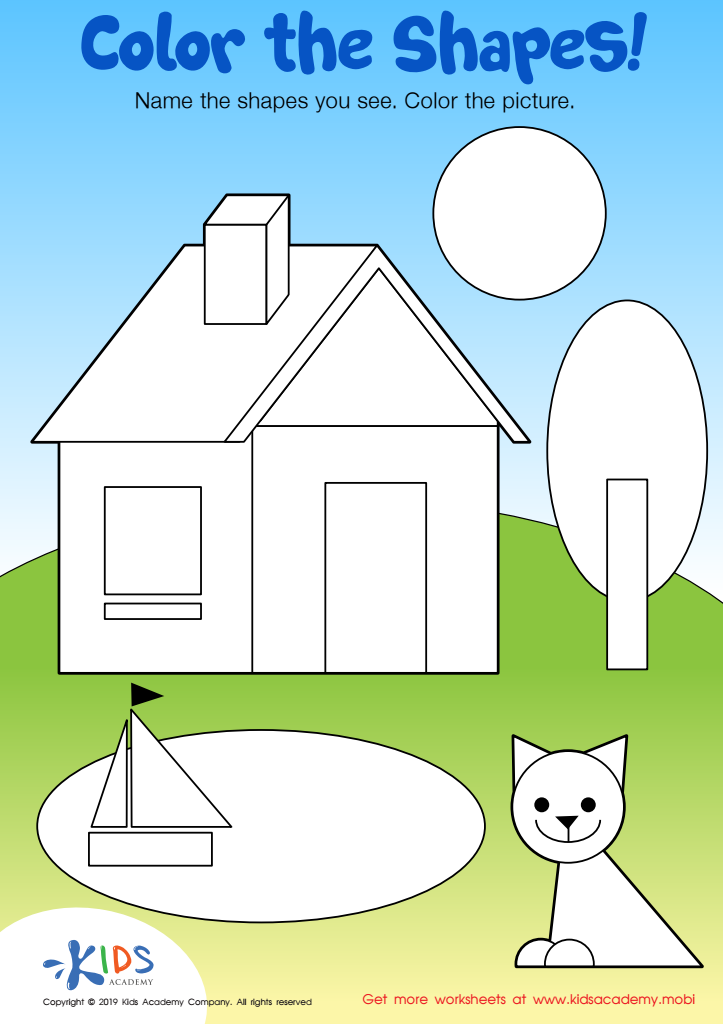

Color the Shapes Worksheet
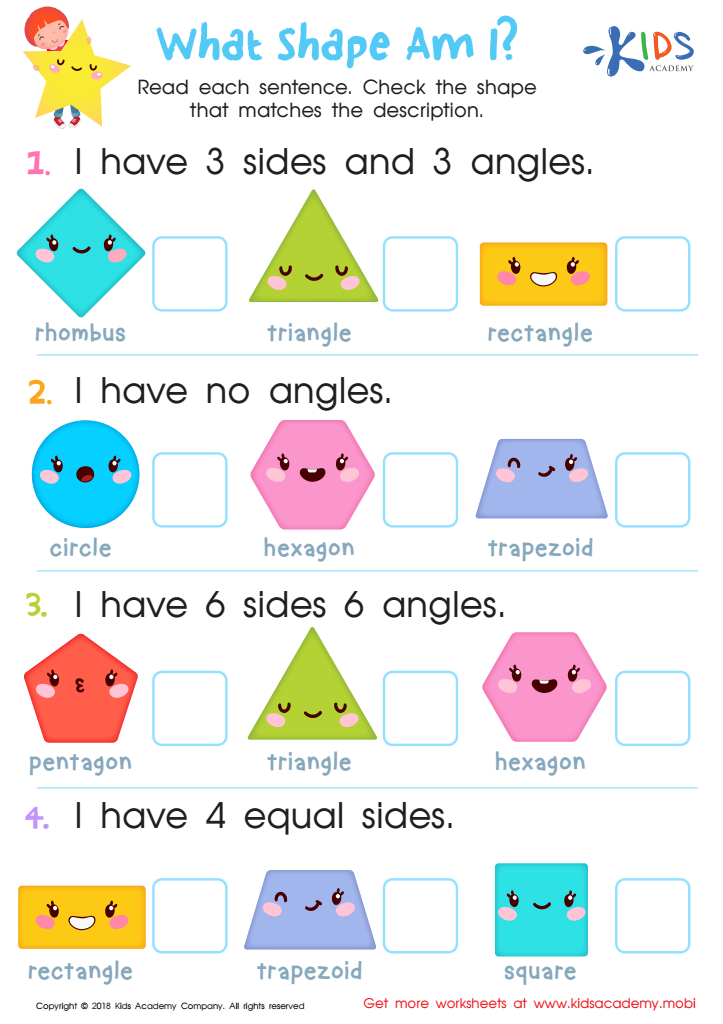

What Shape Am I? Worksheet
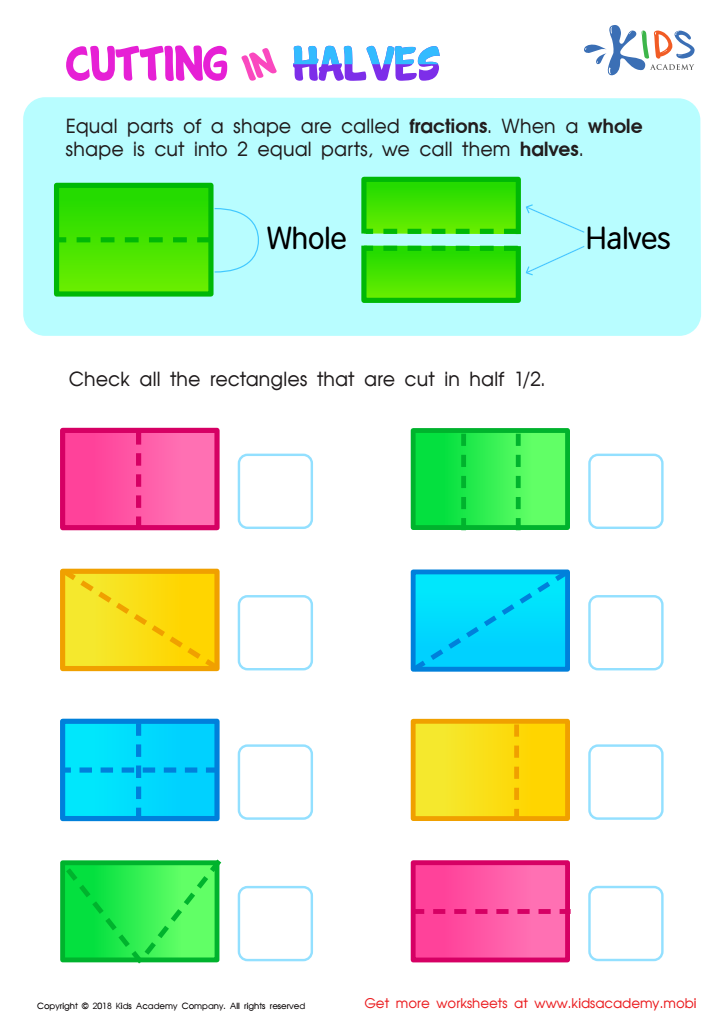

Cutting in Halves Worksheet
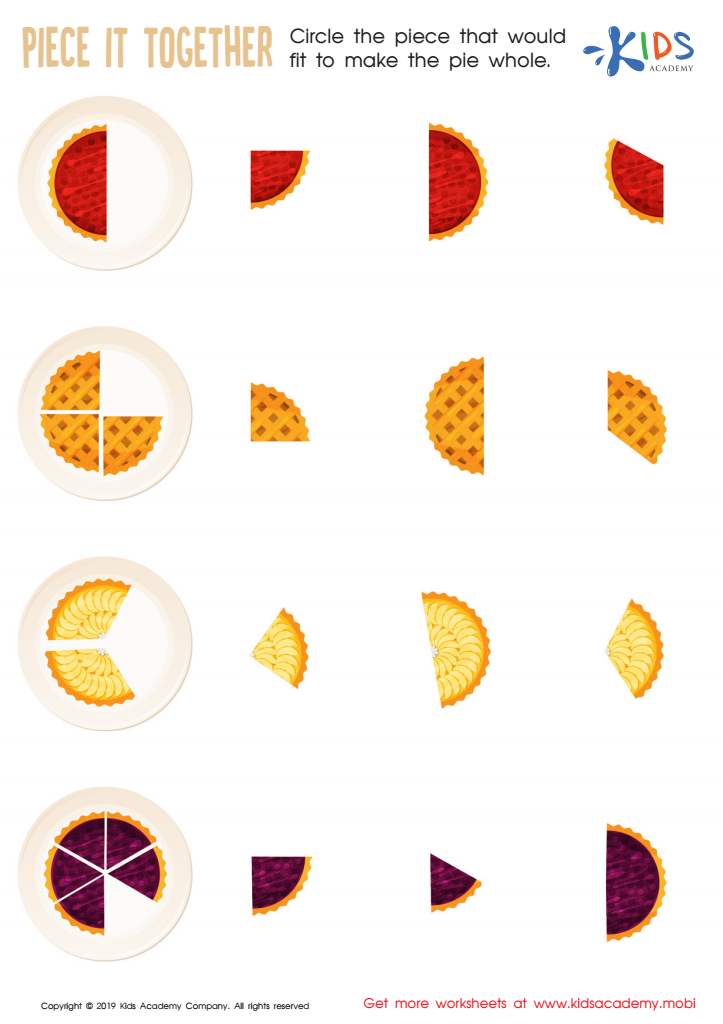

Piece it together Worksheet
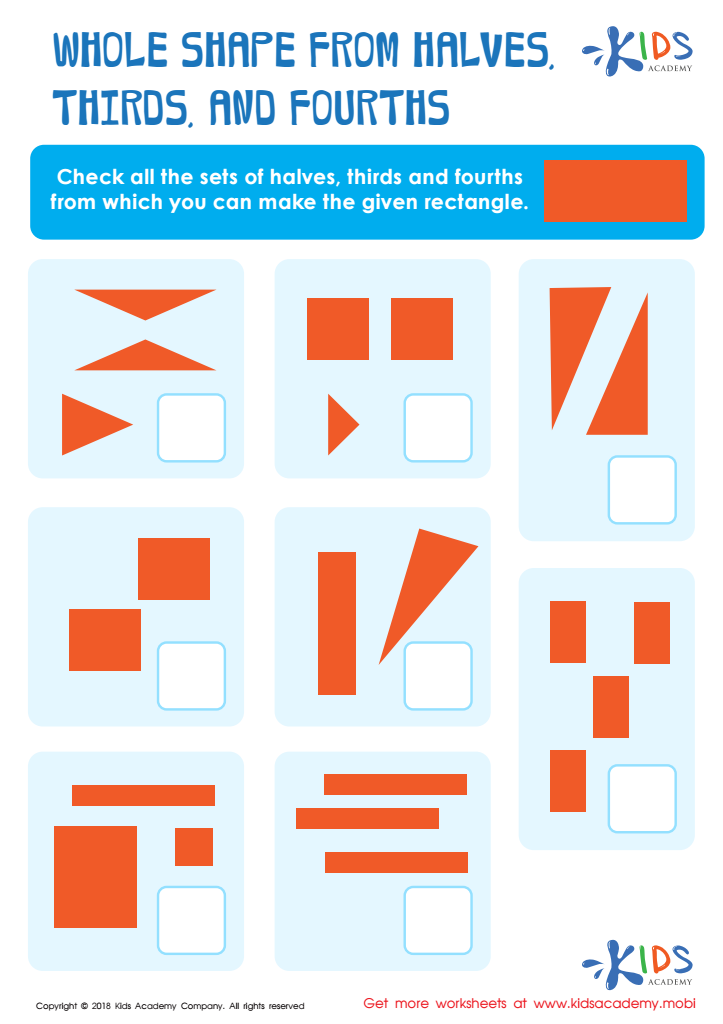

Whole Shape from Halves, Thirds and Fourths Worksheet
Shape recognition is a fundamental aspect of early education, profoundly impacting various developmental and educational outcomes. For parents and teachers of second graders, understanding the importance of shape recognition in the context of geometry is vital.
Firstly, shape recognition sharpens visual-spatial awareness, allowing children to interpret and interact with their environment effectively. Recognizing and naming shapes, such as circles, squares, and triangles, provide a foundation for more complex geometric problem-solving skills they'll use later in their academic careers.
Developing shape recognition also enhances critical thinking and categorization abilities. By distinguishing between different shapes, children learn to observe, compare, and analyze attributes. This practice in early grades prepares them for understanding more advanced mathematical concepts, including symmetry, fractions, and spatial relationships in upper grades.
In addition, shape recognition nurtures fine motor skills. Activities involving sketching shapes or playing with shape-based puzzles enhance hand-eye coordination and precision. Children also practice language skills by learning and using geometric vocabulary to describe attributes and articulate differences between shapes.
By prioritizing shape recognition in grade 2 geometry, parents and teachers set students up for academic success, nurturing a comprehensive skill set that will be invaluable across various subjects beyond mathematics, while also supporting their growth in cognitive and motor skills.

 Assign to My Students
Assign to My Students





